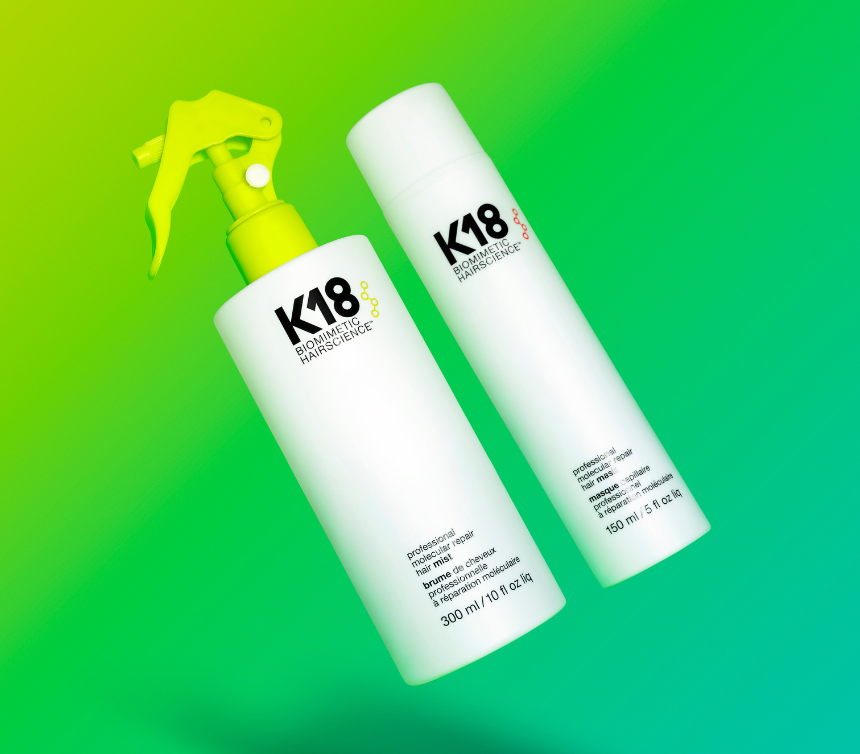K18’s JC Velasco and Claudia Franco share how their culture inspires self-expression and how they celebrate it every day.
September 15 marks the beginning of Hispanic Heritage Month, a time designated to recognize the impactful contributions and influences of Hispanic, Latinx, and Latino-identified communities and spotlight an array of beautiful cultures and backgrounds.
We sat down with K18’s Executive Producer, JC Velasco, and Partnerships and Education Manager, Claudia Franco, to discuss the importance of community and traditions, how each of their unique cultural experiences have influenced their self-expression throughout their lives, and the hair and beauty lessons learned from their families.
what does Hispanic Heritage Month mean to you?
JC: I was born and raised in LA, but my family's from El Salvador. Growing up, Hispanic Heritage Month didn't really mean much to me, I don't think it was really celebrated. I'm glad it is now because it’s important to highlight the contributions to America that Latinos and Hispanics have made. I started to become connected to the American side of Hispanic culture through my dad. He was always passionate about civil rights and advocated for workers’ rights in his workplace—he even marched with Cesar Chavez. Even though the month wasn't something that we celebrated at a particular time of year, our heritage has always been something that I was actively in touch with.
Claudia: Oh my gosh, I have chills. When my family came to the US, they did a lot of work in the fields during Caesar Chavez’s time, so tell your dad thanks for all the hard work he did for my family. I’m from a small town in central California, about 45 minutes away from Fresno but my parents are Mexican and immigrated here.
I feel the same about Hispanic Heritage Month. I’ve always been proud of my culture—I like to say that I am 100% Mexican and 100% American—but same as JC, I never celebrated the month itself until fairly recently.
-v1727201198060.jpg?3840x2000)
JC: In Spanish, there's a saying that there's “purity in diversity” and I've come to love that so much because it's a great metaphor for who we are as a country. So many cultures migrate here and it feels to me like the majority of immigrants do whatever it takes to fit in. And the sad part about that is that so much is lost in that process. You lose your connection to your heritage, culture, food, relationships—it takes work to stay connected to that piece of who you are in a new setting.
how do you stay connected with your roots?
JC: Even though I was born in the US, I also lived in El Salvador and feel super connected to the culture, traditions, language, and people there. They’ve shaped who I am now. Growing up here, you inevitably have a conflict with identity because when I was younger I never felt I was American enough. Then, my parents sent me to boarding school in El Salvador when I was a teenager and when I got there, I realized I wasn’t Salvadorian enough.
This brought up a lot of questions for me like: where do I belong, who am I? That was a chaotic period of my life but also a period of growth because it helped me come to terms with being, as Claudia said, both 100% American and 100% Salvadorian.
any favorite family traditions?
Claudia: Two of the biggest things that intertwine with each other are food and community. Our culture is big on community and I cultivate this through food. I cook big, traditional meals like birria, tacos, and carne asada—I love doing that. I invite people over to taste the traditional recipes passed down from my family and my mom. And then when I go to Mexico, I show off to my aunts out there to let them know, “Hey, I'm still using the same ingredients, the same recipes that you guys use here.”
sounds like community is central to connecting with your heritage
Claudia: The community aspect is so important, especially as JC said, sometimes feeling you don't belong or identifying with two different cultures. I get so excited and passionate when I talk to other Hispanic people. When I connect with other Hispanics, it's always a feeling of family. Community is so important to me because growing up, we felt like a small group here, so finding people that we could relate to was so important. Cultivating that community through food is not only good for me, but good for everybody around who gets to be invited to be part of the community.
what about Hispanic culture do you hope to pass on to your children?
JC: The way that I was raised was learning to take on the challenge of having two identities as a single person. I don't know if this happens to you, Claudia, but when I speak Spanish, I'm a different person in the way that I express myself and the way that I connect with people.
I was lucky to grow up in an environment where there was guidance but also the ability to figure out on my own how to connect to both parts of who I am. I'm trying to do my best to pass that on to my kids so that they also understand that they're more than one thing. This becomes amplified because my wife was born and raised in Mexico, so now that adds a whole other element to who my kids are. Every year we travel, and that's one of our most favorite places to visit to help make sure that they're connected to every aspect of who we both are as well.
did your family teach you about hair and beauty growing up?
JC: When I was a kid, my mom sold Mary Kay. She even got the pink car! Some of my earliest memories of my mom are of her at her dresser getting ready. It was such a huge part of my memories of her, she always dressed us up nicely. That instilled a sense of pride in the way that I looked and the way that I presented myself. That's a huge part of our culture and my identity today. You go to any Hispanic or Latino family for any occasion, people are dressed up and they take a lot of care and a lot of pride in their presentation.
Claudia: Same thing with my mom! I also think a lot of Hispanic moms love to share natural remedies for things. Mine loved reading books on remedies, she had notebooks filled with different ingredients for things like hair growth. That inspired me to really love learning about products because I grew up hearing and learning about hair.
My mom always had amazing hair, but it would be a rarity to see it down because she and my aunts worked in the fields and they always had a full-in bun and covered-up hair. So it felt like those Pantene commercials when she would let it down—so wavy and luscious.
any influential beauty icons you remember?
Claudia: Telenovelas back in the day were always inspiring for me. Like watching Rebelde, which is a super popular one. There was one character Roberta who was so edgy, she had bright red hair and would change it up all the time. She was very punky and I wanted hair like hers.
Every time we’d go to Mexico, where episodes aired first, we got to watch the telenovelas ahead of time. I would go over there and be like, “Okay, this is going to be the new trend. Bright red hair. Let me get a bunch of box dyes and do my hair before I go back to the US.”
JC: Elvis Presley was a huge one for me because when I was a kid I saw a rerun of the concert where he's wearing an all-leather suit for his comeback. I remember it having such a crazy impact on me that every day I wanted my hair to look like that. Even now, I’ve had a pompadour for the majority of my life.
how has your culture played into your perception of beauty?
Claudia: I have a lot of memories in the salon, especially for friends’ quinceañeras. I remember the smell of going into the salon, you can smell the hot irons and hairspray. If you have ever seen quinceañeras get ready—or even brides—people will make jokes about quinceañera curls. They are these crispy curls locked into place with lots of product because they had to last all night for a whole party.
When I think of major moments with hair, it's going to events like quinceañeras, weddings, and first communions.
did these experiences influence your self-expression?
JC: Hair has always been a huge part of self-expression for me. It’s also tied to music and most, if not all, of my music influences also come from my dad. Because he served in Vietnam a lot of that music is protest music. When I was a teenager I became drawn to other types of protest music like punk. I fell in love with the message of the music and how its purpose was uniting people to combat racism and corruption and to disrupt the status quo through things like art, music, clothing, and hair.
Claudia: Ever since I was a kid, I wanted to have different hair. I changed it up with box dye and then the next year would be having to cut it off because it was unhealthy [before K18]. I'd go from red, black, lighter colors. I think now that my hair is dark is probably the first time in my entire life that my hair is dark.
As an artist, I associate hair with self-expression. I remember getting my first set of highlights when I was 12 and my sister was so mad because she said I was too young but my mom was very much in favor of me expressing myself however I wanted with my hair. Throughout high school, I always changed my color. I think it's part of watching telenovelas and thinking about the characters, “She's edgy, she's cool. I want to be like that.”
what’s the most drastic thing you’ve ever done with your look? have you ever had any regrettable hair moments?
JC: When I was a teenager, I did a lot of experimentation with my hair because of punk rock. I did a lot of stuff that I probably shouldn't have, I let my friends bleach my hair. I remember my scalp burning for a week but, thankfully, it grew back. At that moment, I thought it was cool. But now I look back and wonder, “Why did I have that platinum hair?”
Claudia: I also had really bright blue hair and my sister wouldn’t let me walk next to her because she said people were staring. I also shaved the side of my head one time like Skrillex. And wow the regrowth of that. It was such a trend for a while.
are there any looks that make you feel connected to your heritage?
Claudia: It's really cool to see girls my age or younger embrace those looks that we used to do back then, that for a while, I think we try to erase, because it became a joke: your curls are very quinceañera. Which means very crunchy, they need to be brushed out. But it's really cool to see that part of the culture coming back and people embracing them as a look again.
JC: In LA especially, there was a period where AquaNet was huge with big bangs and big earrings and heavy lip liner.
Claudia: That's very much my style that I love now. This weekend, I went to this event celebrating Hispanic heritage. A bunch of people were dressing up in the old school Chicana vibe. Now I want to use rollers and make my hair big and do the lip liner, the earrings, the gold hoops. For my birthday, I want a gold chain with my name on it.
When I was a kid, we’d go to Mexico and go through the farmers’ market. My mom used to pull my hair back so tight into a high ponytail using these big, cotton donut-shaped hair ties that make your ponytail look extra high.
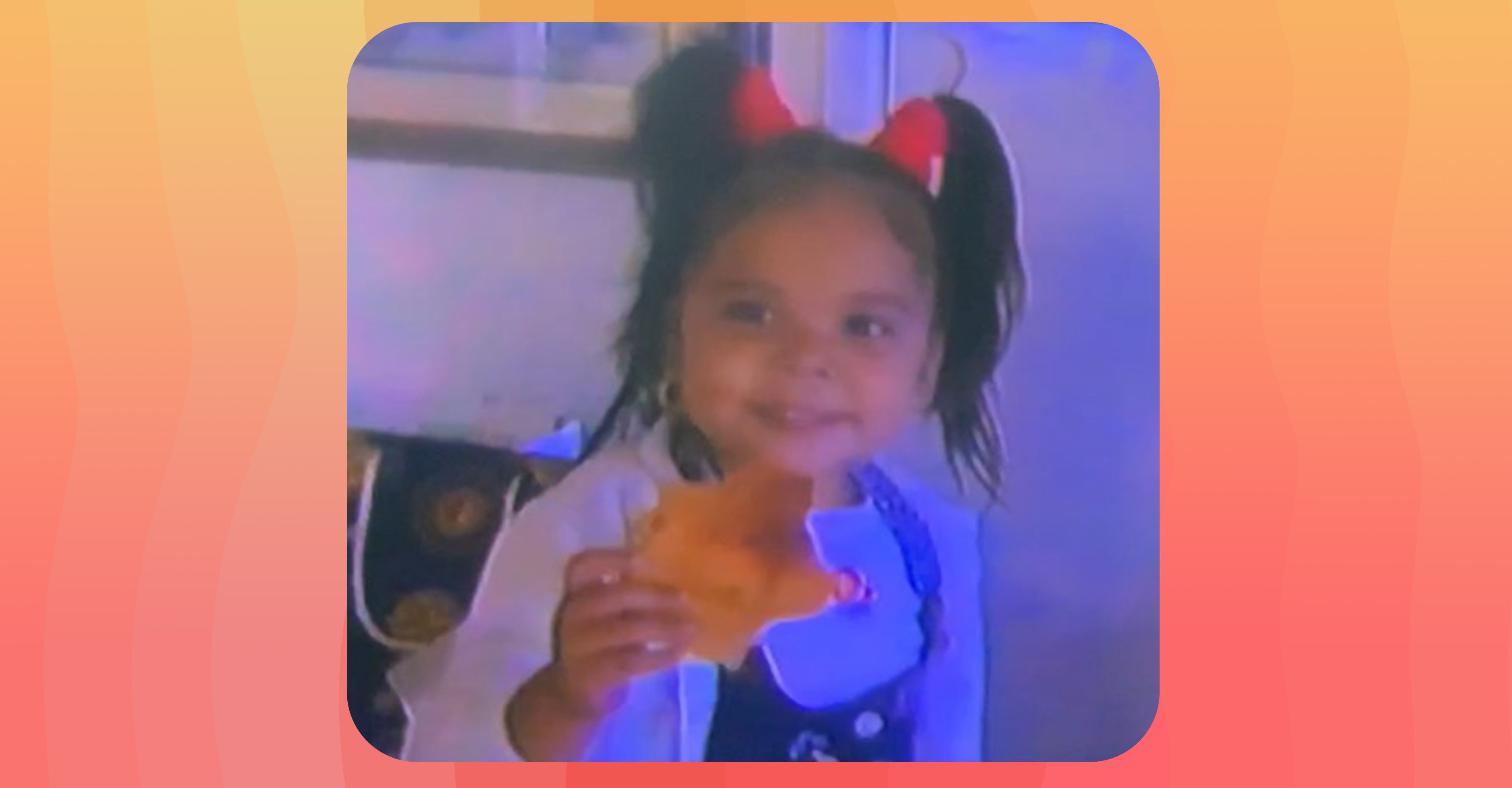
how do you care for your hair today? any favorite products or tips?
JC: Because pompadour has been the hairstyle I keep going back to, it requires something with hold. As a guy, finding the right hair product hasn’t been easy, because of lack of information or not knowing how to style or not knowing where to look. Before you could find everything on Amazon, it wasn't easy to find the right products. So hair gel was what I used when I was a kid, and then when I discovered pomade, I started using that.
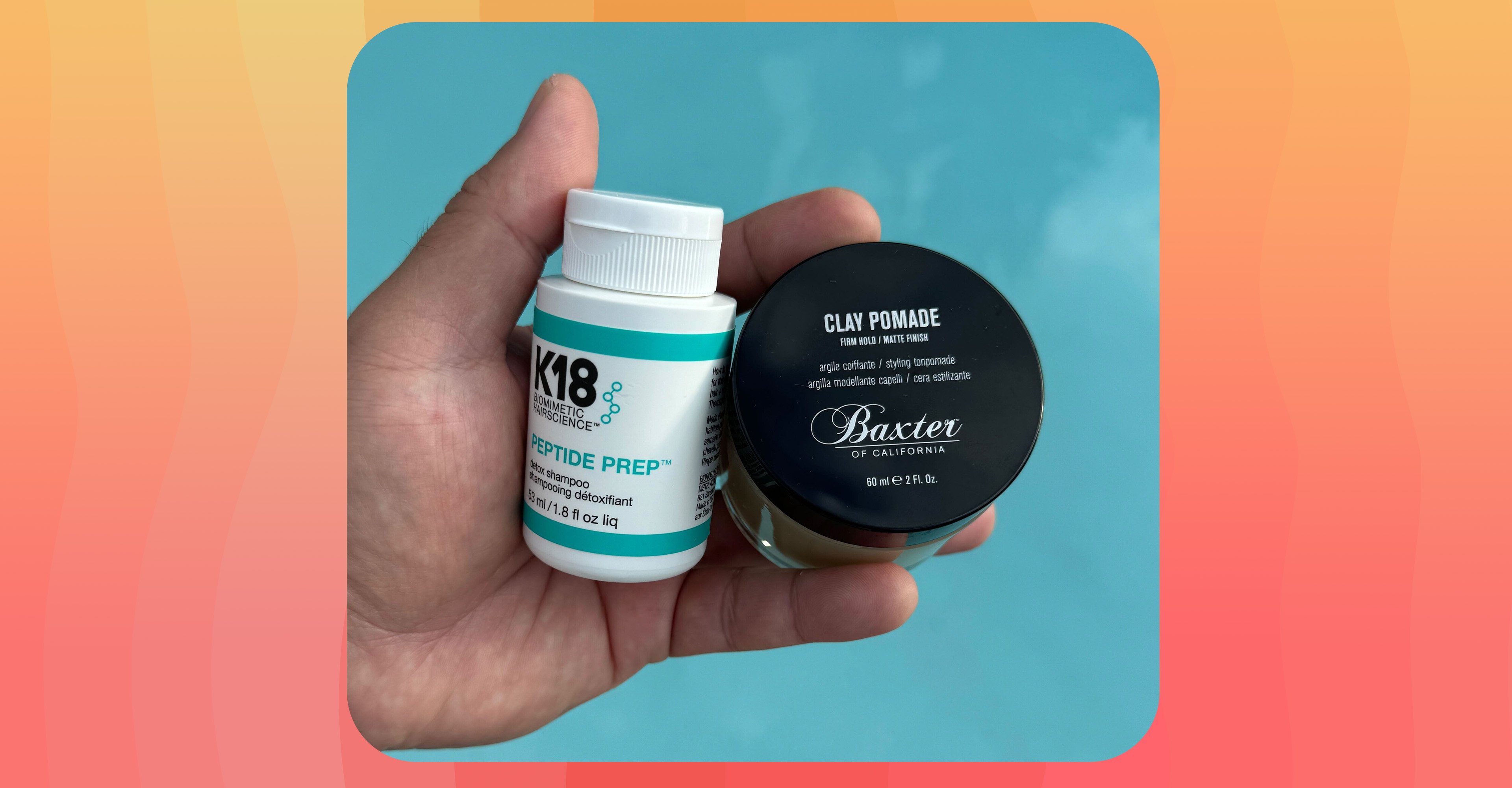
The thing that’s a love and hate with pomade is that it gives you the hold that you need to be able to shape your hair for wave and volume, but it's also difficult to wash it out. Before I found K18, I’d have to wash my hair at least twice because I hated the feeling of having it still in there after taking a shower. The K18 detox shampoo is amazing—it’s my favorite product because I can use the pomade that I love to get my hair to the way that I want and it takes everything out, but gently.
Claudia: That detox shampoo is so good. It’s also good on makeup brushes, which normally take so long to clean. Literally, I'll put a little drop and they get so clean, so quick.
I always do the K18 molecular repair mask to keep my hair healthy no matter what I do to it. I’m into Velcro rollers lately. There are some days when I want my hair extra big so I go hard with the hairspray and the detox shampoo is amazing for removing it afterwards.
I was recently in Oaxaca during a festival and a lot of the people from the surrounding towns came and showed up in their best outfits. It was really inspiring for me to see, because their outfits are always completed with their hair.
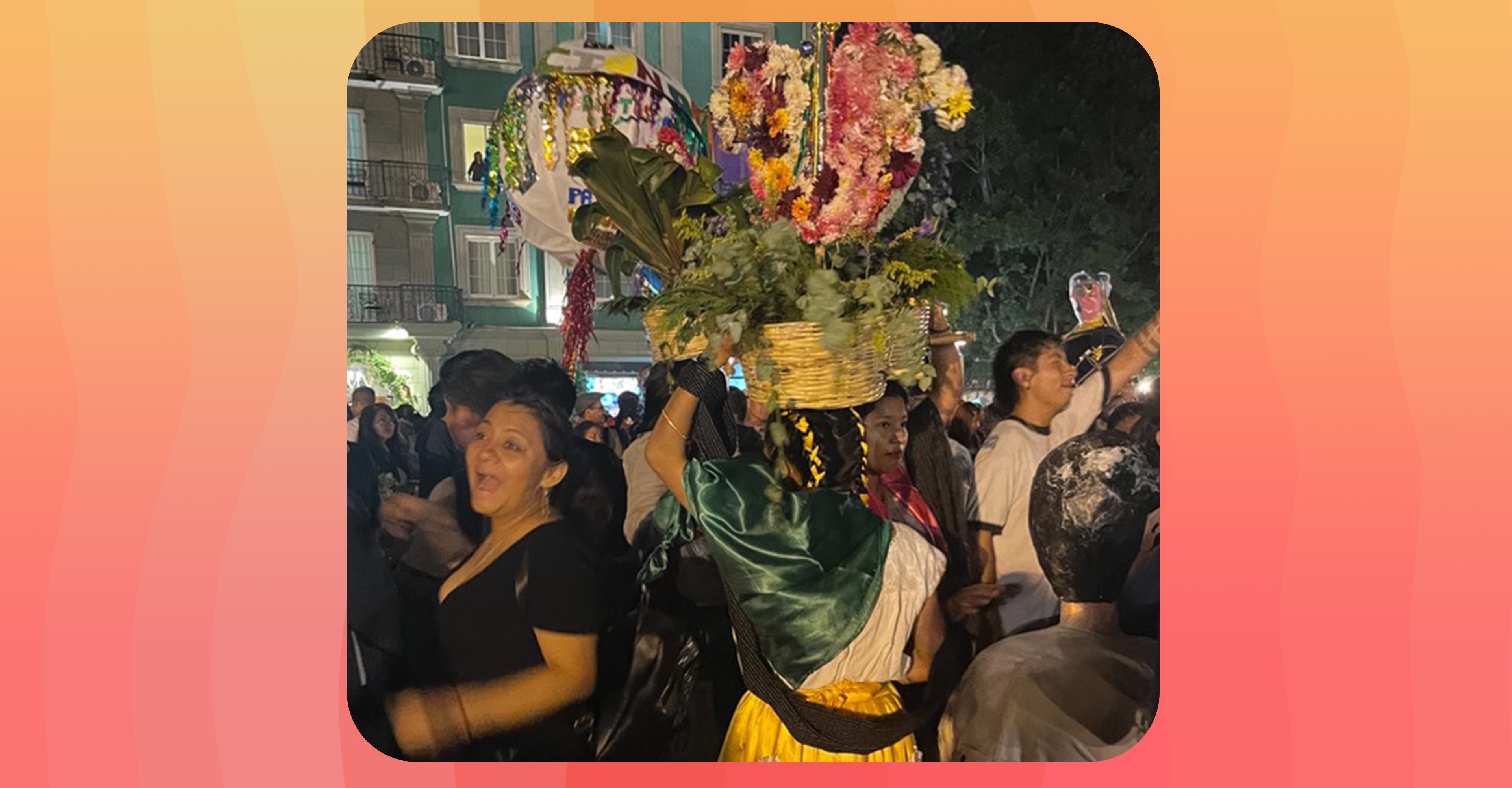
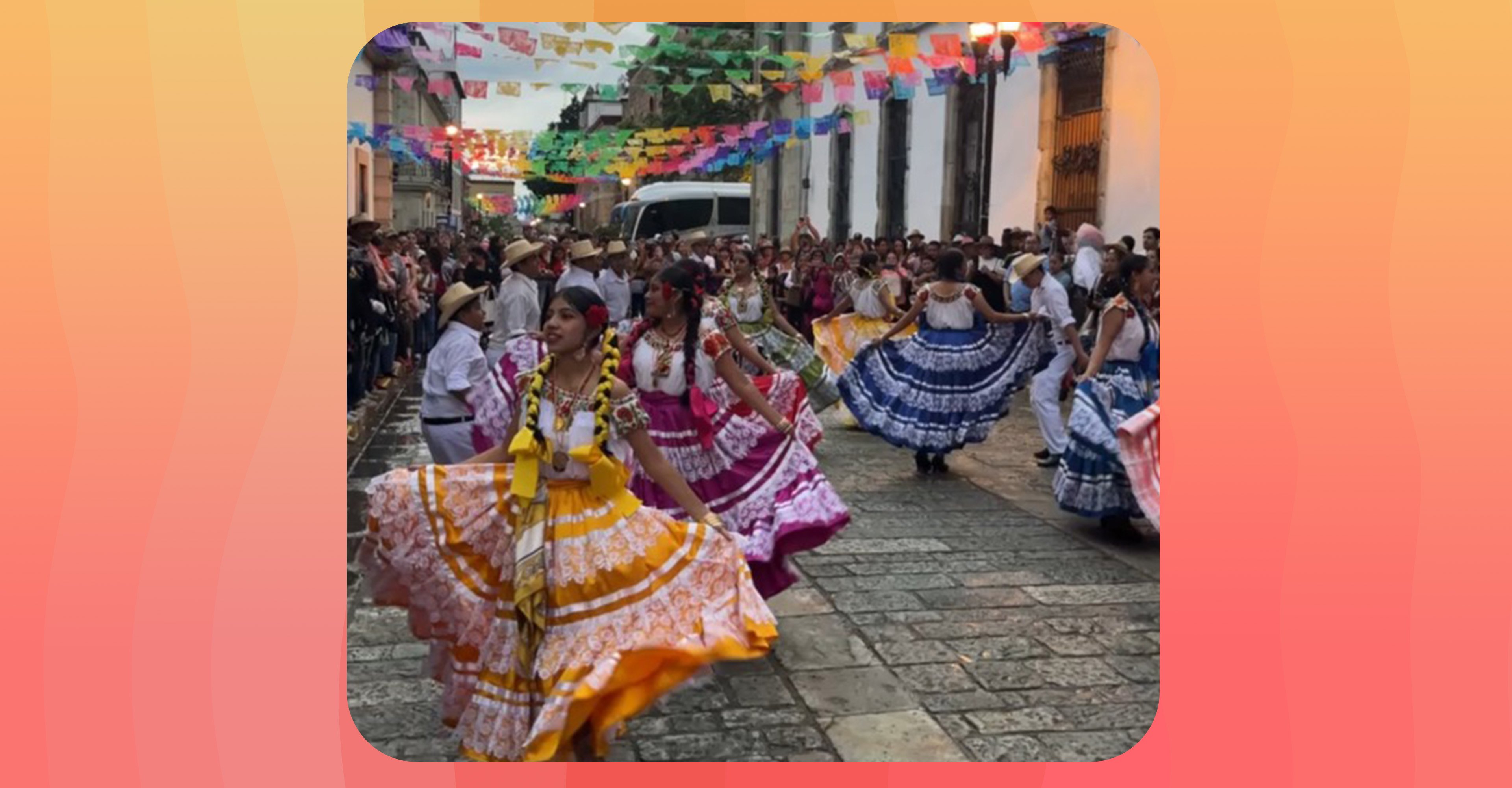
The hair was so beautiful to me: A lot of it is braids with ribbons woven through or even baskets with flowers—it really completed the look. So lately, I've been playing around with braids like that in my hair too.
love that. are there any Hispanic or Latino celebrities that inspire your style today?
Claudia: Kali Uchis is a big one for me because what she represents is what I identify with—she and her music are both fully Spanish and fully English. Her hairstyles are very much a representation of the Hispanic community, she represents that classic Latina look with the lips, the hair, the AquaNet, tight buns. Very old-school Selena vibes.
JC: Oh yeah, I love her music and her style. I don’t listen to a lot of modern music but Richie Valens was one of the few Latinos who were doing rock and roll in a big way back in the day. He was a big influence on me as well.
okay, let’s finish on a lightning round
your go-to cocktail?
JC: old fashioned
Claudia: tequila
favorite dish to cook?
JC: Anything BBQ (especially carne asada)
Claudia: Birria is a people favorite in this household and Enchiladas Estilo Michoaca
songs you have on repeat right now?
JC: Quiero Ser Tu Perro by Los Pao Paos (originally by The Stooges)
Claudia: Simple by Kali Uchis



